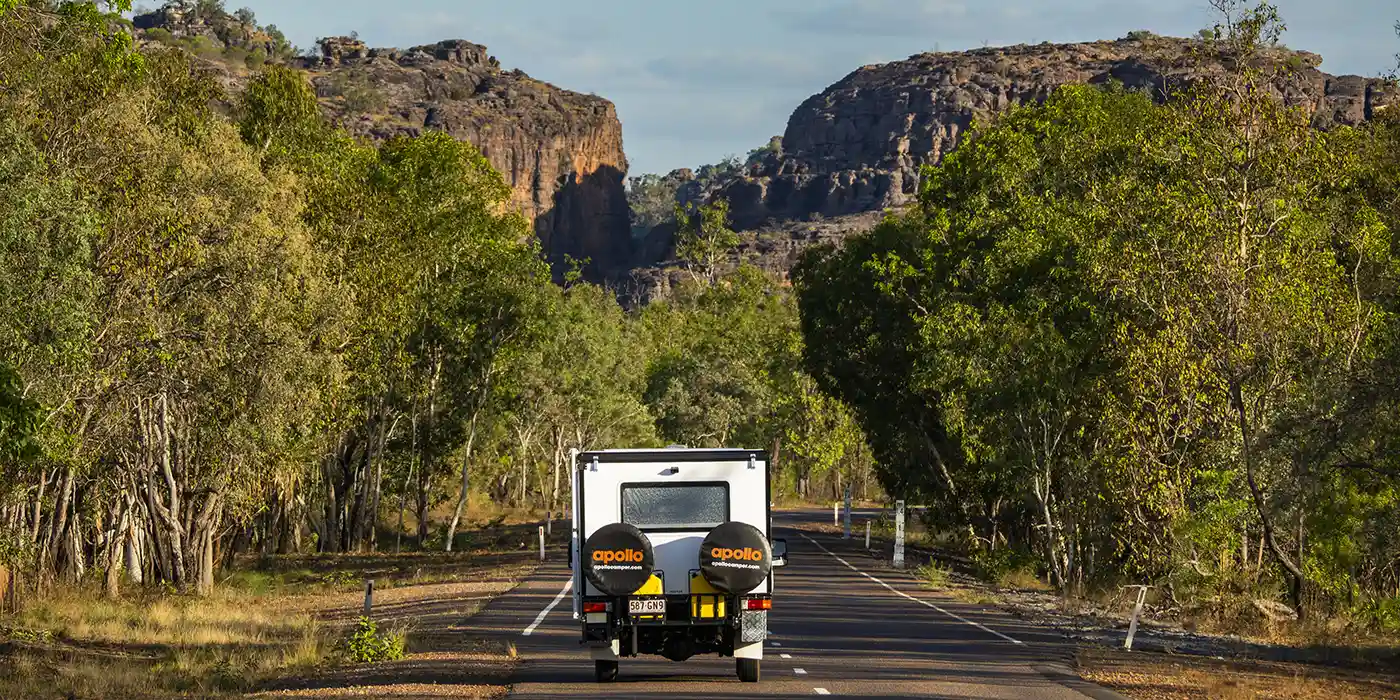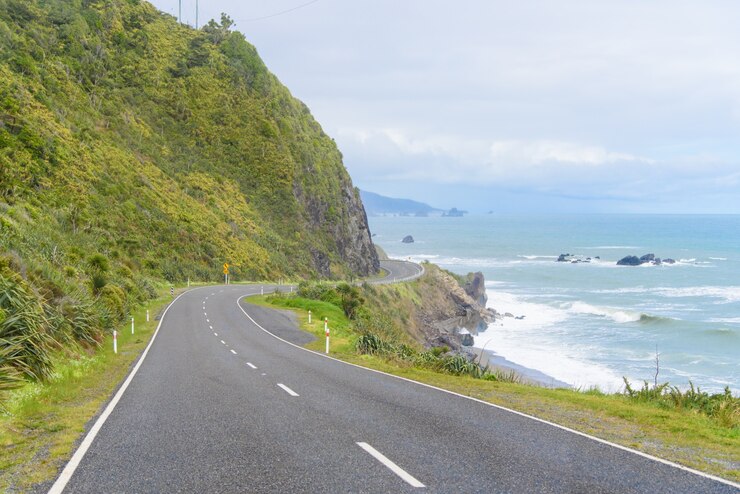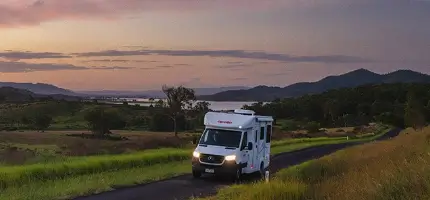Our Top Picks of the Best Places to Visit in Australia in September
[More]Guide to karijini national park with a 15-days itinerary from perth
Karijini National Park, located in the heart of Western Australia's Pilbara region, is a stunning and remote destination renowned for its dramatic landscapes, ancient geological formations, and rich indigenous heritage. It is one of Australia’s most spectacular natural parks, offering visitors a unique outback experience.
Overview
Karijini National Park is approximately 1,500 kilometers north of Perth and spans over 627,422 hectares, making it the second largest national park in Western Australia. The park is characterized by its rugged landscapes, deep gorges, and pristine waterways, which ha...
[More]Kakadu national park guide | 4wd campervan adventure
Spanning nearly 20,000 square kilometres, Kakadu National Park, located east of Darwin, is Australia's largest terrestrial national park. Due to the vastness of this sacredly preserved land, it can be challenging to explore every corner with a full immersive experience. Thankfully, by hiring a 4WD campervan from Darwin, travellers are now able to tackle the unsealed roads and uncover the hidden gems of this natural wonderland seamlessly.

Introduction to Kakadu National Park
Kakadu National Park sprawls majestically across Northern Australia with its stunning outback landscapes and abundant wi...
[More]Top 5 australian short road trip ideas for the easter long weekend plus where to camp | 2024 guide
Easter is now less than a month away. And it is one of the last long weekends before winter arrives. Pack your bathers and thongs, because the sun is calling. We highly recommend taking this adventure in a campervan to streamline packing, relish the freedom of avoiding rigid hotel check-in times, and bask in the spontaneity of the journey!
Victoria Road Trip Itinerary: Melbourne - Great Ocean Road - Melbourne

Day 1: Melbourne to Torquay
- Begin your journey from Melbourne and head towards Torquay, the beginning of the Great Ocean Road.
- Explore the surf shops and cafes in Torquay.
- S...
A 5-day itinerary in alice springs to experience the australian outback and wildlife
The Australian Outback is a vast and diverse region with unique wildlife and landscapes. Hiring a campervan in Alice Springs will enable you to explore secluded areas and immerse yourself in the splendour of this revered landscape.
Here's a suggested 5-day itinerary to experience the wildlife in the Australian Outback. Keep in mind that specific locations and experiences may vary, so it's always a good idea to check for the latest information and road conditions as you plan your trip.
5-Days Itinerary in Alice Springs, Northern Territory

Day 1: Arrive in Alice Springs
Nestled in the heart of ...
[More]The ultimate brisbane to sydney road trip guide: explore australia's east coast adventure
Embark on the ultimate adventure along Australia's stunning east coast, as we present to you "The Ultimate Brisbane to Sydney Road Trip Guide." This comprehensive guide is your ticket to exploring the breathtaking beauty and hidden gems that lie between these two vibrant cities.
Whether you're a seasoned road tripper or a first-time explorer, this guide will leave you spellbound with its carefully curated itinerary, insider tips, and can't-miss attractions along the way. From sun-kissed beaches and lush rainforests to charming coastal towns and awe-inspiring national parks, this road trip prom...
[More]A road trip to the yarra valley in one day
Being one of Australia’s most liveable cities, Melbourne has many amazing sights and attractions in its near surroundings. However, places like the Great Ocean Road or Wilsons Promontory are best enjoyed at least in a 3-4 days road trip. If you are short of time and have a day to spare, Yarra Valley should at the top of your list to visit. Located just outside of Melbourne, Yarra Valley is a delightful experience filled with stunning landscapes, delicious food and wine, and outdoor activities. Here's a plan for your day trip to Yarra Valley:
Morning:
1. Departure from Melbourne: Start your day...
[More]Best camper vans for road tripping in australia in 2024
Hiring a campervan for a road trip is one of the best ways to travel in Australia and there are good reasons for it. Aside from having the freedom and flexibility to travel at your own pace, a campervan can also take you to remote areas that are not easily accessible by public transportation, or where accommodations are limited. With a well-equipped van, you can enjoy comfort and convenience while camping. But due to the different models available, many are indecisive and unsure when choosing their campervan. Here are the top 5 campervans for hire in Australia with the best reviews and recomme...
[More]


